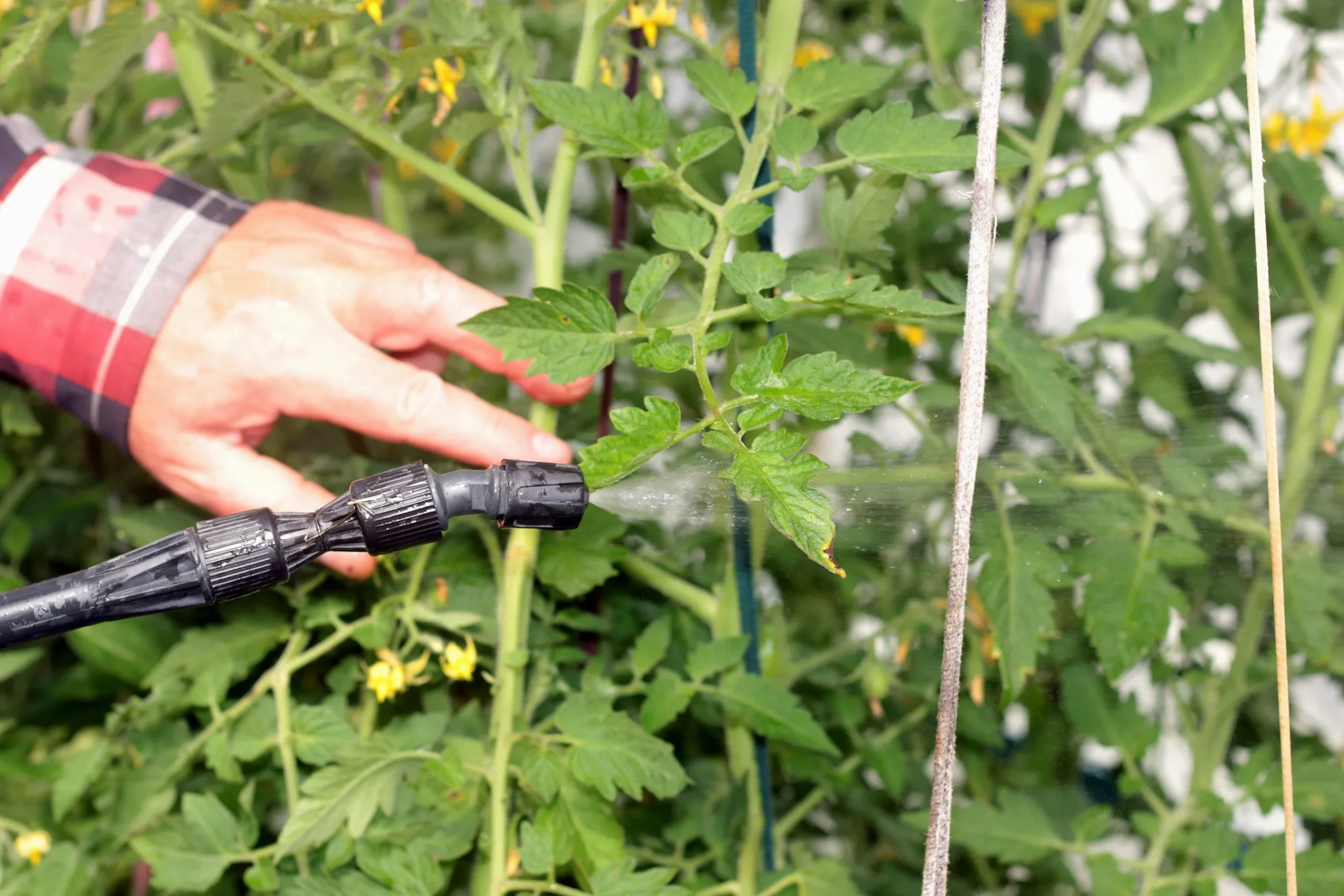Controlling pests in the garden is essential to ensure the health and productivity of your plants. Let’s delve into the principles and techniques of garden pest control, accompanied by relevant examples.
1. Identify the Pest:
The first step in effective pest control is to identify the specific pests affecting your garden. Common garden pests include aphids, caterpillars, snails, and slugs. For instance, if you notice small, soft-bodied insects on your rose bushes, you may be dealing with aphids.
2. Beneficial Insects:
Encourage the presence of beneficial insects such as ladybugs and lacewings in your garden. These insects are natural predators of many garden pests. For instance, ladybugs feed on aphids, helping to keep their population in check.
3. Companion Planting:
Companion planting involves placing certain plants together to deter pests. An excellent example is planting marigolds near your vegetables, as marigolds can repel nematodes, a common soil-borne pest.
4. Mechanical Methods:
Physical barriers and traps can be effective in pest control. Install row covers to protect plants from flying insects or use sticky traps to catch crawling pests. For instance, a yellow sticky trap can capture whiteflies in your tomato garden.
5. Organic Sprays:
Homemade or commercially available organic sprays can help control garden pests. A mixture of water, dish soap, and neem oil can deter aphids and mites while being safe for plants.
6. Crop Rotation:
Rotating your crops each season can disrupt the life cycle of certain pests. For example, if you grew tomatoes in one bed last year and experienced problems with soil-borne diseases, plant a different crop like beans or lettuce in that bed the following year.
Read Also: Industrial Waste and their Impact on the Environment
7. Biological Controls:
Introduce natural predators like nematodes to combat soil-dwelling pests. For instance, beneficial nematodes can help control root-knot nematodes in your garden soil.
8. Regular Inspection:
Frequent inspection of your garden is essential to catch pest infestations early. For instance, if you notice holes in the leaves of your cabbage plants, it could indicate a caterpillar infestation that should be addressed promptly.
9. Proper Hygiene:
Maintain a clean garden by removing fallen leaves and debris, as they can harbor pests. Cleaning up old plant material can help prevent the overwintering of certain pests.
10. Organic Fertilizers:
Avoid excessive use of synthetic fertilizers, as they can attract pests. Instead, use organic fertilizers like compost, which enriches the soil without promoting pest problems.
11. Integrated Pest Management (IPM):
IPM is a holistic approach that combines various strategies to manage pests effectively while minimizing harm to the environment. It involves monitoring pest populations, setting action thresholds, and using a combination of methods, including biological, mechanical, and chemical controls when necessary. For example, if you find aphids in your garden, you might release ladybugs (biological control) and also use neem oil (organic spray) if the infestation reaches a certain threshold.
12. Trap Crops:
Planting trap crops that are more attractive to pests than your main crops can divert the pests away from your valuable plants. For instance, you could plant nasturtiums to attract aphids away from your prized roses.
13. Neem Oil as an Insect Growth Regulator:
Neem oil not only repels pests but also acts as an insect growth regulator. It disrupts the life cycle of certain pests, preventing them from reproducing effectively.
14. Pest-Resistant Plant Varieties:
Selecting plant varieties that are naturally resistant to pests can significantly reduce the need for pest control measures. For instance, planting blight-resistant tomato varieties can help mitigate the risk of tomato blight.
15. Timing Matters:
Understanding the life cycles of pests is crucial. Apply control methods at the right time. For example, target caterpillars when they are in their vulnerable larval stage rather than when they become adult butterflies.
16. Cultural Practices:
Consider practices like deep watering at the base of plants to avoid wetting foliage, which can reduce the risk of fungal diseases. Also, providing adequate spacing between plants can improve air circulation, minimizing the conditions that favor pests.
17. Record-Keeping:
Maintain a garden journal to document when you’ve applied pest control measures and their effectiveness. This will help you fine-tune your approach in subsequent seasons.
18. Beneficial Nematodes:
Beneficial nematodes can help control soil-dwelling pests such as root weevils and grubs. Apply them to the soil according to the instructions for optimal results.
19. Pruning and Sanitation:
Regularly prune and remove infected or infested plant parts. Pruning can improve plant health and reduce the spread of diseases.
20. Stay Informed:
Pest control methods evolve over time, so keep up with the latest research and developments in the field. Attend gardening workshops, read books, and join local gardening clubs to exchange knowledge and experiences with fellow gardeners.
Read Also: How to Start a Business in Tennessee
